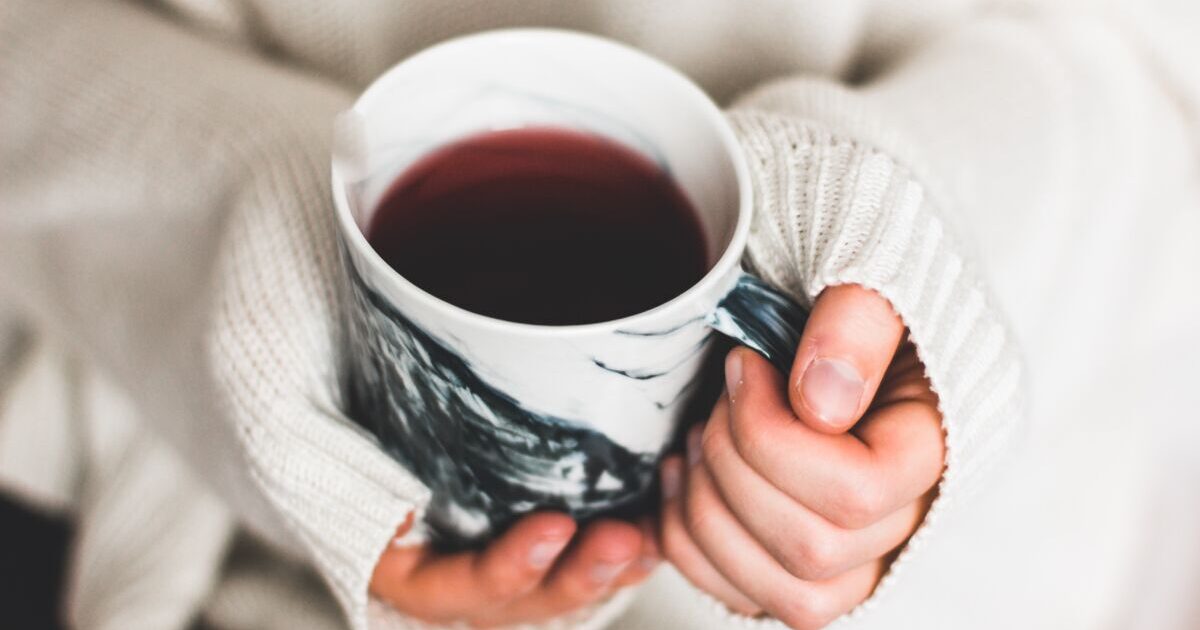
Improve tea? Moi? But I’ve been making tea forever with no issue. Well, that’s what you think.
Tea is a fairly simple process if you want it to be, and therefore, not given much afterthought. To those in the know, there are certain secrets that make any cup of tea ten times better in taste and profile!
Did you know for example that boiling cold water plays a massive part in improving your cup of tea? Or that certain teas require certain kinds of milk? Or that the shape of your tea bag can result in vastly different tastes? Tea can be improved in so many subtle ways.
Below are ten tea tips for making your brew the best there is, the best there was, and the best there ever will be.
Always use fresh tea

Tea keeps for a remarkable amount of time. Black tea can stay drinkable for over a year on a shelf, but it will lose its freshness and without freshness, a cup of tea is just slightly discoloured water.
Store your tea properly, in a tin ideally, so it doesn’t go stale or become potentially dangerous to drink. Check the expiration date if you’re dipping your hand in an old packet of tea, and get a whiff of the aroma to see if it’s still potent and pleasant. If so, the leaves are still fresh.
Use bottled water

Tap water is not going to ruin your cup of tea. Millions of people drink tea with tap water every single day. But if you’re wanting to raise the game and make your tea really pop with flavour, it’s time to start investing in bottled or filtered water.
Tap water contains various minerals that can alter the natural taste of tea. Bottled water or filtered water will compliment your tea with ease and create great flavour. It may be a bit of an ask, and certainly more expensive, but it’s really worth trying at least once!
Know the right steeping times

Every tea requires a different steeping time. Black tea, a robust tea, can be steeped for a good while and not suffer. The daintier teas, your greens and whites, are probably better off being steeped for less than a minute! The information regarding tea prep is plentiful so if you’re ever curious about a new tea you’re trying out, just look it up!
Alternatively, you can follow the manufacturer’s instructions. Check out their guidelines when using certain teabags so you can avoid a bitter and sour-tasting brew. Unless that’s what you want… then by all means, throw away the rulebook!
Choose the right milk

Don’t assume milk is some slapdash addition to your cup of tea. Choosing the right one is very important if you’re looking to get the most of out it. Low-fat milk, for example, will dilute your brew. Full-fat milk, however, will add the perfect amount of creaminess.
If you’re feeling a bit adventurous, you might be inclined to try condensed milk. This is all through a black tea lens, though. If you’re one of the special few who add milk to other teas like green tea, stay away from cow’s milk and always opt for plant-based milk such as soy!
Opt for loose-leaf tea

Tea bags are a great convenience but they shouldn’t be your only option. Choose a good quality loose-leaf tea and prepare to have your mind blown. One of the main differences is that tea bags contain tea dust and fanning, the latter of which tend to result in a more bitter tea.
Loose-leaf tea leaves release more nuanced notes and can even have a natural sweetness, as leaves take longer to release their bitter flavours in hot water. Leaves are also jam-packed with nutrients and taste.
Use a pyramid tea bag

The round tea bag is a highly practical thing. While your tea won’t suffer by using them, you may be robbing yourself of the full tea benefits. Traditional teabags have very little wriggle room which prevents the tea leaves from unfurling and releasing their natural flavours.
Pyramid tea bags, compared to traditional round ones, are more spacious and large and can accommodate the expansion of tea leaves and their natural flavour. Generally, pyramid tea bags also tend to contain a higher quality tea leaf.
Choose tea carefully

The variety of tea is hard to fully comprehend. You have your classics: black, green, white, oolong, pu-erh. But then the branches spread further and further. With new blends released every year, it’s impossible to keep up with every single tea, and that’s a good thing!
Given the extent of tea, you should make sure you know what you’re buying. Flavours can vary in relation to their growing region, processing method, and grade. If you’re wanting the absolute most of your brew, you have to take these things into consideration.
Always heat cold water

Don’t reheat water that’s already boiled, and whenever you prepare tea, always bring fresh, cold water to a boil. Boiled water may taste stale if it’s been allowed to cool for an extended period of time. Adding tea to this will not benefit anybody.
Reheating boiled water also puts you at risk of superheating your brew, which is to heat a liquid above the boiling point without converting it into vapour. It may sound cool, but the potentially-explosive effects are very uncool for your kitchen or microwave.
Use a glass teapot

If you find yourself preparing tea for a group of people, you’ll probably brew the tea in a large container or jug. A lot of tea lovers commit the error of going this in a plastic or stainless steel jug. What you actually want to be your tea in is a glass teapot, as glass doesn’t absorb or expel any flavours, not interfering with the flavour of the tea.
Don’t worry about the glass smashing from the pressure. Glass teapots are made with a special glass material that can handle sudden and drastic temperature changes. Pouring boiling water into a glass teapot that has been in the fridge won’t even break one.
Let your tea settle

After you’ve added your milk and sweetener of choice to your cup of tea, treat it like a steak. Don’t jump right in. Let it sit for a few minutes, around six, before taking a sip. Not only will this allow for the flavour of the tea to really evolve and reach its tastiest potential, but it’ll save you from scolding your mouth.
Make sure you don’t let it sit too long so that it goes cold! There’s nothing worse than a lukewarm cup of tea. While we’re on that topic, here’s a final piece of advice: don’t reheat your tea! By now your tea will have lost all is nuanced and interesting flavours.
